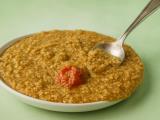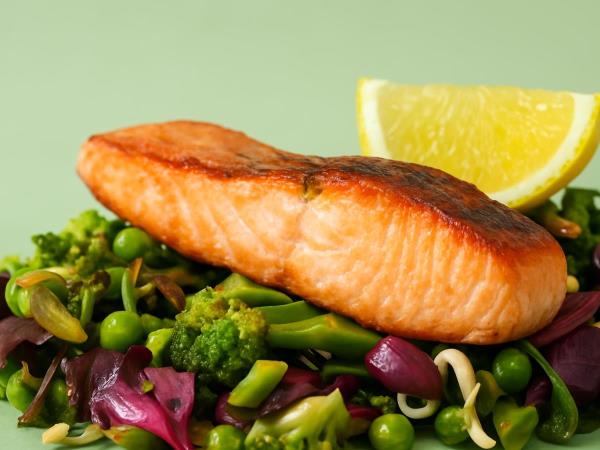It may seem that we shouldn't have problems with vitamin D, but issues arise during poor and gloomy weather when there is not enough sun, as well as during the summer heat when we prefer to stay in the shade and wear hats, which hinders the production of vitamin D.
Although this is the most common cause of vitamin D deficiency, there is another indirect problem. Vitamin D helps the body absorb calcium, which ensures strong and less brittle bones, as well as healthy teeth. The problem here is twofold. If we don't have enough calcium, even a lot of vitamin D won't benefit us. On the other hand, if we have too much calcium, it can accumulate around joints, which is also not good.
As we are now entering a period where vitamin D deficiencies will be more common, it is good to pay attention to foods that alleviate this issue. Vitamin D helps reduce arthritis effects, decreases the risk of osteoporosis, is crucial for phosphorus absorption, and there have been many recent studies linking vitamin D to colon cancer treatment.
Sources of vitamin D
Enriched milk with vitamin D is an excellent combination because it also contains a lot of calcium, which is essential for the body. Foods rich in omega-3 fatty acids also have a high content of vitamin D, these foods are already healthy for our bodies, and the combination of other elements is excellent. This group includes salmon, mackerel, tuna, sardines ...
It's also good to know that the daily requirement for vitamin D intake changes with age. The recommended daily intake of vitamin D is as follows:
- up to 50 years, between 50 and 100 micrograms
- from 50 to 70 years, between 100 and 200 micrograms
- over 70 years, at least 200 micrograms
However, excessive vitamin D can also have negative effects.
Excess vitamin D in the body means more calcium in the blood, which can lead to the formation of kidney stones, gallbladder and pancreatic diseases, as well as the development of dangerous calcium deposits.
In any case, the best combination is sunlight, through walks, and healthy food.









 Would you like to be informed about news on the website?
Would you like to be informed about news on the website?

